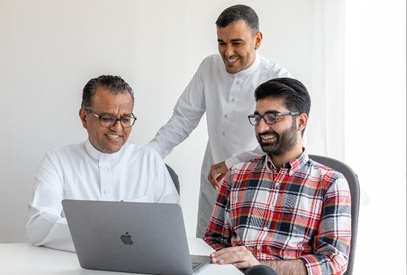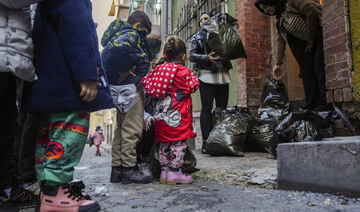JEDDAH: Wa’ed, the entrepreneurship arm of Saudi Aramco, on Thursday announced it had boosted its investment in an award-winning startup offering smart traffic-monitoring services.
Hazen.ai uses artificial intelligence (AI) technology to improve road safety, by providing cutting-edge detection solutions for traffic enforcement. The startup is aiming to use the latest funding to bid for new business around the world.
“This second round of financing from Wa’ed will enable Hazen.ai to bring its life-saving technology to more regions around the world,” Sohaib Khan, chief executive officer and co-founder of Hazen.ai said.
Wassim Basrawi, managing director of Wa’ed, said: “Companies like Hazen.ai are great ambassadors to showcase the Kingdom’s entrepreneurial energy and talents to the world.
“We are thrilled to support game-changing Saudi startups such as Hazen.ai, whose innovative technology can help save lives around the planet.”
The Makkah-based company won the intelligent traffic systems category of the 2020 IRF Global Road Achievement Awards for utilizing AI solutions to address traffic management challenges.

Three of four co-founders of Hazen.ai, a Saudi maker of intelligent traffic systems. From left: Dr Saleh Basalamah, Dr Anas Basalamah and Muhammad Khurram Amin. Not pictured: Sohaib Khan, CEO and Co-Founder. (Supplied)
Hazen.ai’s video-analysis software goes beyond conventional traffic-monitoring speed cameras to identify, for example, drivers who make sudden lane changes, are driving without a seatbelt, or while operating a smartphone.
The company’s software is being used to improve the effectiveness of traffic systems in the UK, the US, Oman, Egypt, Spain, and Peru, and the firm is also bidding on projects in Argentina, Saudi Arabia, Nigeria, and Egypt.
Hazen.ai was established in Makkah in 2017 by Saudi-based entrepreneurs Khan, Dr. Saleh Basalamah, Dr. Anas Basalamah, and Muhammad Amin.
With reportedly more than 1.35 million people killed in car accidents worldwide each year and around 13,000 of those in the GCC, Saudi Arabia has embraced modern technology in a bid to address this issue.
Speaking at the recent Uber Ignite Middle East and North Africa virtual webinar, Naif bin Hwail, general manager of safety and service monitoring at the Transport General Authority in Saudi Arabia, said the Kingdom had already seen the benefits of such advances.
“We look at safety as a very essential component within all modes of transportation. We admire technology because technology has proven to be a contribution to safety,” he added.
Hwail pointed out that collaboration with the private sector and developments in education and technology had already resulted in the number of car accidents in the Kingdom falling by 20 percent.




























